A critical examination of Shoppers Stop’s Pujor Prothom Stop campaign and the broader challenge of authentic cultural marketing in contemporary India
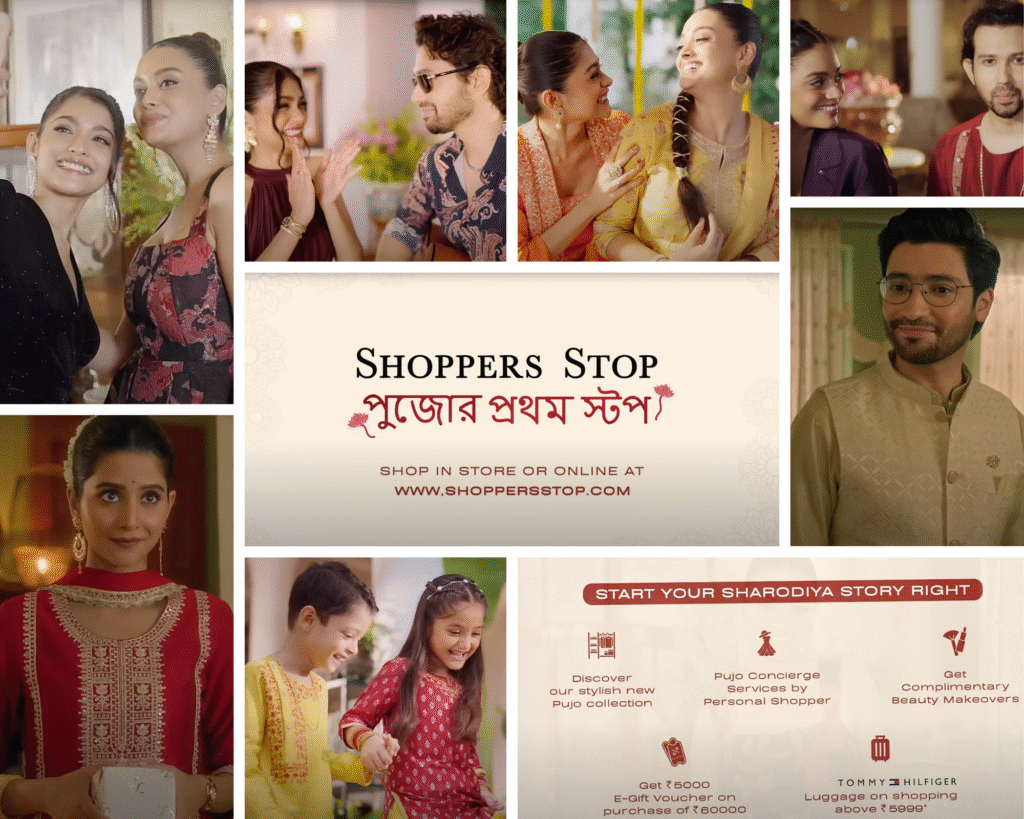
The Retail Theatre of Belonging
Festival marketing in India operates on a curious premise: brands position themselves as cultural participants whilst systematically excluding the very communities they claim to celebrate. Shoppers Stop’s recent “Pujor Prothom Stop” campaign offers a particularly instructive case study in this phenomenon—a polished retail effort that manages to be both culturally aware and culturally tone-deaf simultaneously.
The campaign, launched with considerable fanfare at South City Mall in Kolkata, represents the contemporary challenge of festival marketing: how does a national retail chain authentically engage with regional cultural celebrations whilst maintaining commercial viability? The answer, it appears, involves significant demographic editing and cultural simplification.
The Geography of Cultural Assumption
Beyond South City Mall: Bengal’s Actual Footprint
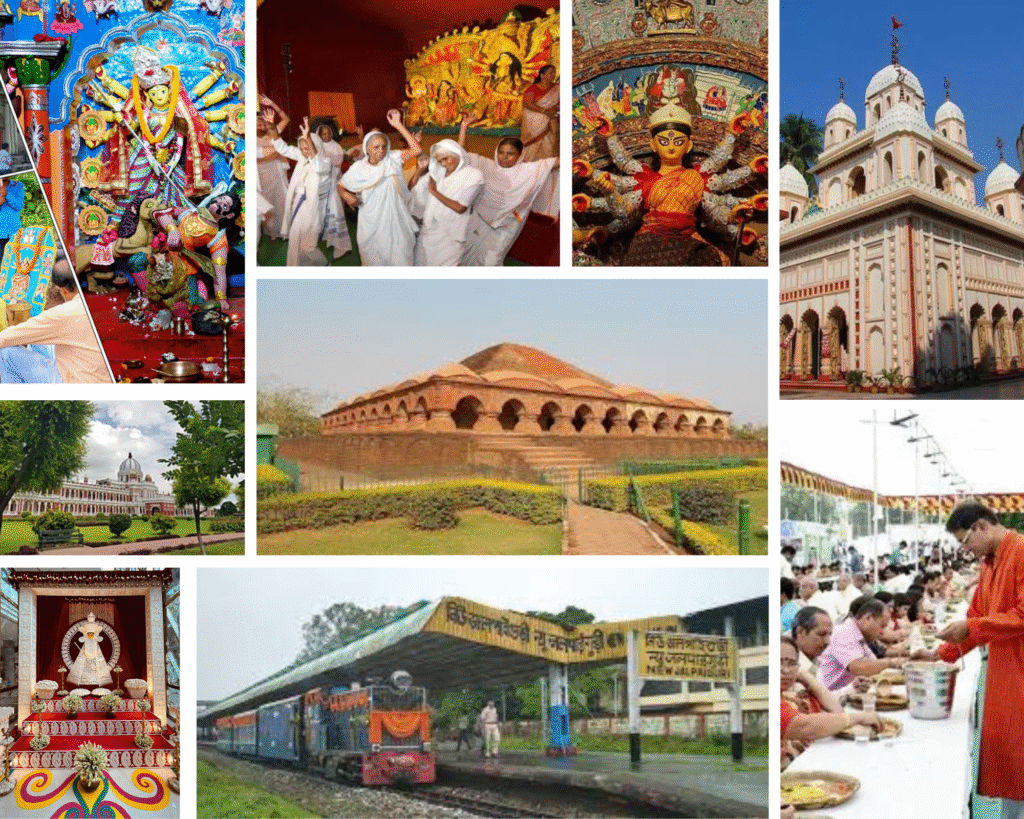
One of the campaign’s most fundamental oversights lies in its geographical imagination. When marketers conceive “Bengali market,” they envision Kolkata’s shopping districts—South City Mall, Quest Mall, perhaps a nostalgic nod to New Market. This urban-centric lens obscures the vast cultural and economic diversity across Bengal’s districts: Alipuruar, Bankura, Birbhum, Cooch Behar, Dakshin Dinajpur, Darjeeling, Hooghly, Jalpaiguri, Jhargram, Malda, Murshidabad, Nadia, Bardhaman, and Purulia.
Each district maintains distinct textile traditions, celebration patterns, and consumer behaviours that a one-size-fits-all campaign cannot adequately address. The handloom preferences in Birbhum differ markedly from consumption patterns in Darjeeling’s tea gardens or Purulia’s tribal communities. Yet the campaign’s visual vocabulary suggests Bengal exists primarily within Kolkata’s metropolitan boundaries.
The Cultural Reduction Problem
This geographical limitation reflects a broader issue in contemporary Indian marketing: the tendency to reduce complex cultural regions into manageable metropolitan stereotypes. Bengal becomes Kolkata becomes South City Mall becomes young urban consumers with disposable income and imported aesthetic preferences.
The Demographic Editing Process

The Missing Generations
Perhaps the campaign’s most glaring omission involves age representation. Contemporary festival marketing seems particularly afflicted by what might be termed “demographic youth-washing”—the systematic exclusion of older generations from cultural narratives ostensibly celebrating multigenerational traditions.
Where, precisely, are the elders in these advertisements?
Durga Puja represents one of India’s most emphatically intergenerational celebrations. The festival’s preparation involves complex negotiations between grandparents who possess institutional knowledge of traditional practices, parents who balance heritage with contemporary convenience, and young adults navigating between family expectations and personal expression.
Yet the campaign presents Puja as primarily a young adult experience, complete with shopping anxiety and romantic subplot. This narrative choice reflects broader marketing assumptions about consumer agency and spending power whilst simultaneously erasing the demographic groups that often drive family purchase decisions.
The Complexion Question
Equally problematic is the campaign’s approach to physical representation. The casting choices reflect what might generously be termed “aspirational” demographics—models who bear limited resemblance to Bengal’s actual population diversity. This isn’t merely about fairness politics; it’s about authentic cultural representation.
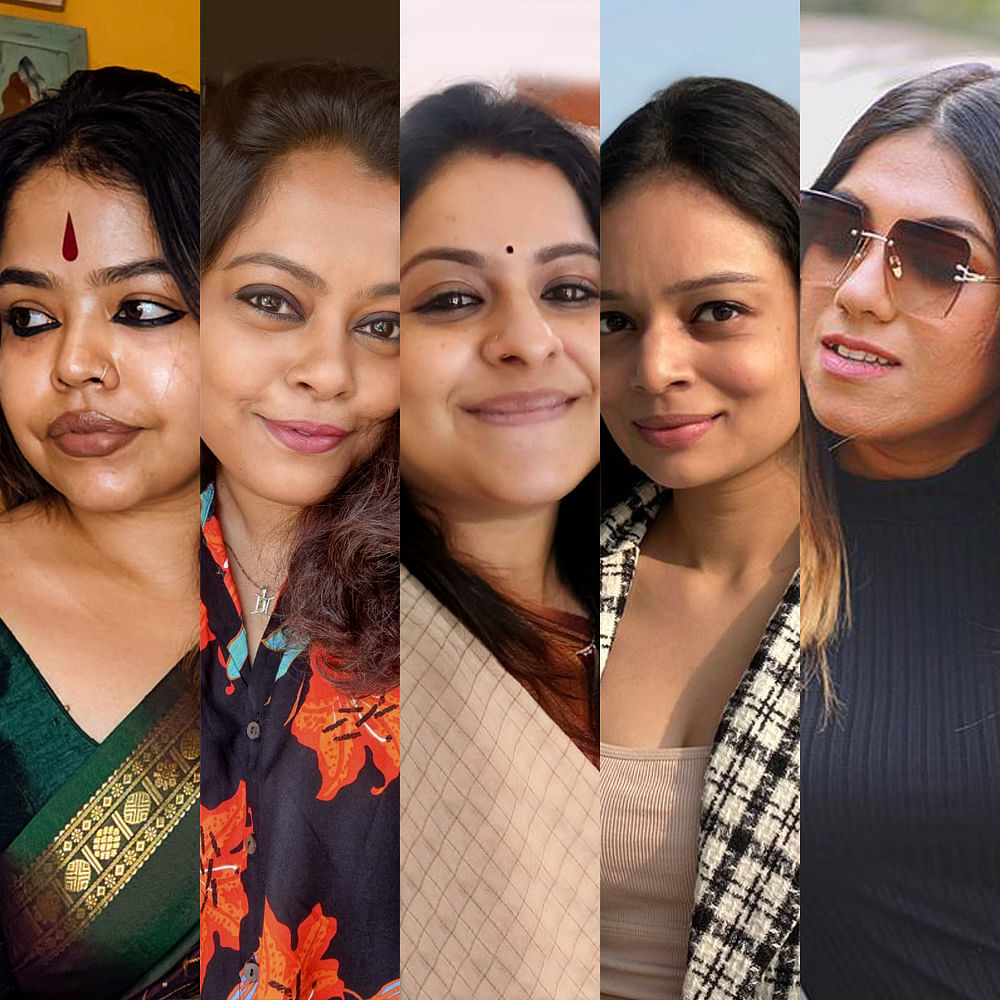
Bengali communities encompass the full spectrum of Indian complexions, yet the campaign’s visual language suggests otherwise. This matters particularly in handloom marketing, where natural dyes and traditional weaves are specifically designed to complement darker skin tones beautifully.
Technical Execution: Strengths and Strategic Oversights
What Works: Multi-Channel Sophistication

Credit where deserved: Shoppers Stop demonstrates competent understanding of contemporary media consumption patterns. Their deployment across television, digital platforms, and in-store experiences reflects sophisticated channel strategy. With 81% of Indian consumers preferring short video content during festive seasons, the TVC approach addresses documented consumer preferences effectively.
The service layer—concierge services, personal styling, beauty makeovers—signals evolution from transactional retail toward experiential commerce. In markets where 74% of shoppers seek value beyond pricing, this strategic direction makes commercial sense.
Strategic Limitations: The Premium Positioning Problem
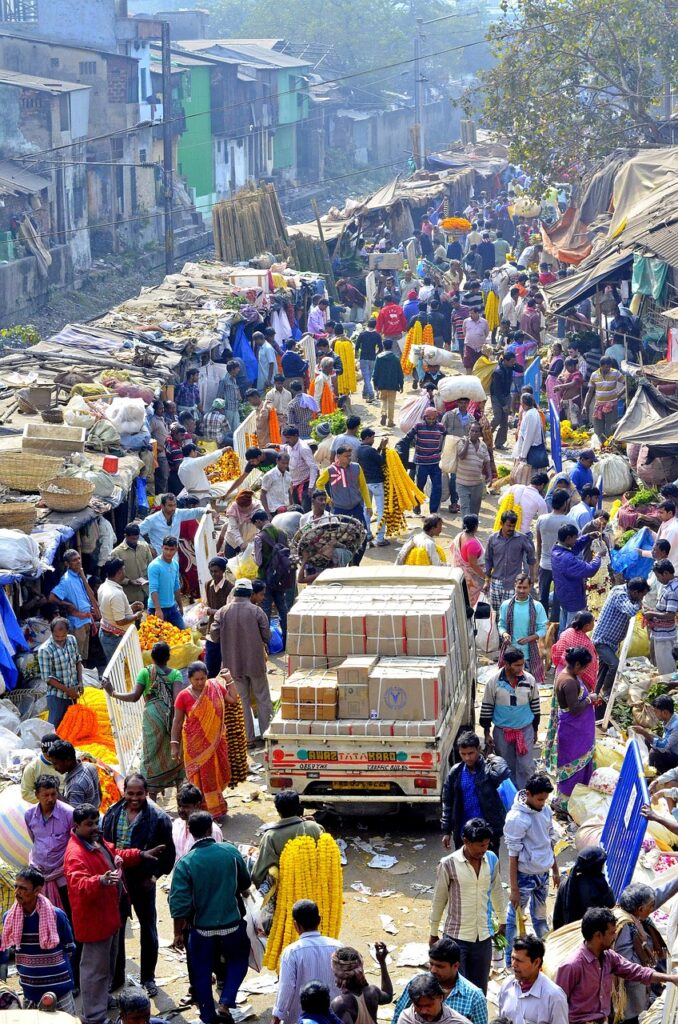
The campaign’s emphasis on premium brands and luxury offerings reveals fundamental misunderstanding of Bengali consumer psychology. The “Tommy Hilfiger luggage on purchases above ₹5999” proposition operates on metropolitan assumptions about brand aspiration that don’t necessarily translate across Bengal’s diverse districts.
Bengali consumers, particularly those with deep cultural knowledge, often prefer authentic craftsmanship over branded validation. The communities that invented tant weaving and perfected muslin production don’t require international labels to feel culturally confident.
The Digital Innovation Gap

While brands globally leverage AI-powered personalisation and AR experiences, this campaign remains curiously analog in its digital strategy. Missed opportunities include:
- Virtual handloom texture experiences
- AI-powered styling recommendations based on traditional aesthetic preferences
- AR tools for traditional draping techniques
- Digital connections with local artisan communities
The Cultural Complexity Challenge
Bengali Paradoxes: Celebration and Escape
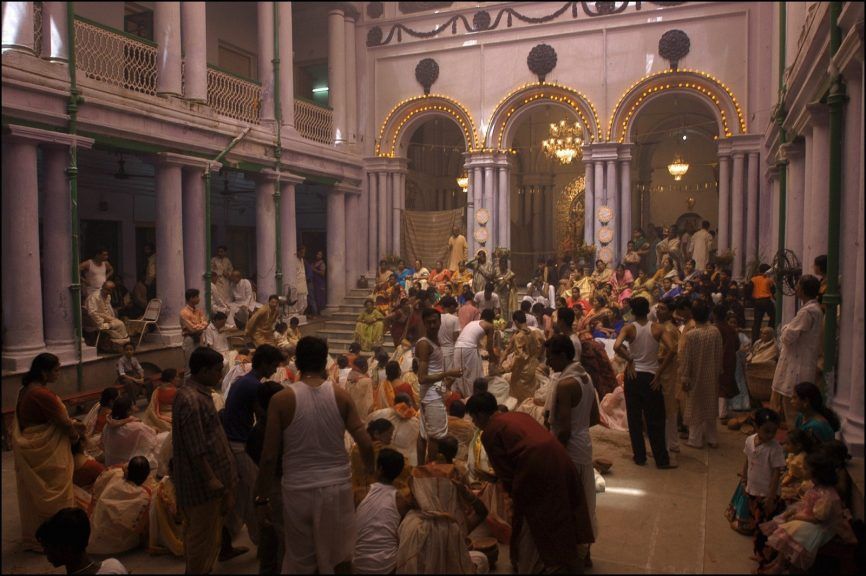

Bengali relationship with Durga Puja embodies beautiful contradictions that resist simple marketing narratives. Many families celebrate passionately whilst simultaneously planning escapes from the urban festivities. Neighbourhoods unite in preparation whilst engaging in elaborate competitive dynamics. The festival represents both extravagant display and spiritual introspection.
“In Bengal, Puja is not just an ‘occasion.’ It’s a living history—an intricate web of tradition, rivalry, spirituality, and personal journey—all woven into every sari, every ritual, and every street corner.”
These paradoxes require nuanced storytelling that acknowledges cultural complexity rather than reducing it to consumer convenience. The campaign’s straightforward shopping-solves-celebration narrative feels particularly inadequate against this backdrop.
The Handloom Reality vs. Synthetic Solutions
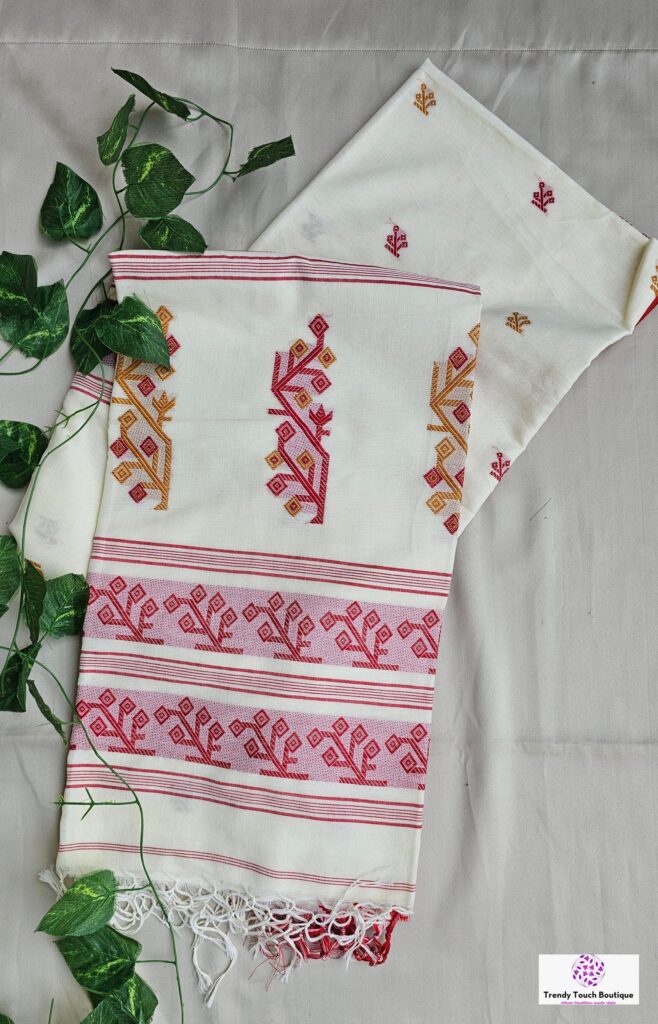

Perhaps most tellingly, the campaign showcases synthetic alternatives when authentic handloom remains readily accessible across Bengal’s districts. From Khadi Gramodyog cooperatives to local weaver associations, traditional textiles offer superior quality at competitive prices whilst supporting regional economies.
This represents missed opportunity for authentic cultural partnership. Rather than positioning itself as curator of international brands, Shoppers Stop could have become facilitator of regional craft traditions—connecting urban consumers with rural artisans across Bengal’s diverse districts.
A Different Approach: Cultural Partnership Over Cultural Appropriation
Hypothetical Alternative Strategy
If I were developing this campaign, the approach would emphasise authentic cultural partnership over aspirational brand curation:
Geographic Inclusivity: Campaign elements reflecting Bengal’s district-level diversity, featuring artisans from Birbhum, weavers from Nadia, traditional craftspeople from Purulia.
Demographic Authenticity: Multigenerational narratives showcasing how different age groups approach festival preparation, with particular emphasis on elder knowledge and younger contemporary interpretation.
Material Honesty: Focus on handloom partnerships rather than synthetic alternatives, educational content about traditional weaving techniques, and connections between consumers and regional craft communities.
Digital Innovation: AI-powered platforms connecting customers with local artisans, virtual reality experiences of traditional weaving processes, personalised styling based on regional aesthetic preferences.
The Service Integration Possibility
Rather than generic concierge services, the campaign could have offered culturally specific assistance: traditional draping workshops, handloom quality assessment, connections with regional tailors specialising in traditional cuts, educational sessions about festival significance across different Bengali communities.
The Broader Context: Festival Marketing’s Cultural Responsibility
Sensitivity vs. Authenticity
Contemporary festival marketing faces increasing scrutiny regarding cultural sensitivity, but sensitivity alone proves insufficient. Successful contemporary campaigns require deeper cultural authenticity—understanding communities well enough to represent them accurately rather than simply avoiding obvious offence.
This distinction matters particularly for regional festivals like Durga Puja, where cultural knowledge extends beyond surface-level imagery into complex social dynamics, aesthetic traditions, and economic relationships.
The Local-National Balance
National retail chains operating in regional cultural contexts must navigate complex authenticity requirements. Success requires moving beyond demographic targeting toward genuine cultural partnership—understanding communities well enough to serve them authentically rather than simply selling to them effectively.
Technical Marketing Analysis: Effectiveness vs. Authenticity
Engagement Metrics vs. Cultural Impact
The campaign likely performs adequately on conventional marketing metrics—reach, engagement, conversion rates. However, these measurements may obscure deeper questions about cultural impact and long-term brand equity within the communities being represented.
Research indicates ads with strong emotional resonance are four times more likely to build long-term brand equity. This campaign’s emotional register feels manufactured rather than culturally grounded, potentially limiting sustainable brand connection.
The Personalisation Paradox
While contemporary marketing emphasises personalisation and data-driven targeting, this campaign employs surprisingly generic approaches to diverse consumer segments. Bengal’s districts require different messaging strategies, product offerings, and cultural approaches.
Recommendations for Cultural Marketing Evolution
Immediate Strategic Adjustments
- Inclusive Representation: Casting reflecting actual demographic diversity across age groups and complexions, storylines acknowledging cultural complexity rather than simplifying it.
- Geographic Authenticity: Campaign elements specific to different districts, partnerships with local artisan communities, acknowledgment of regional variation in celebration patterns.
- Material Focus: Emphasis on handloom partnerships over synthetic alternatives, educational content about traditional techniques, connections between consumers and craft communities.
Long-term Strategic Direction
- Cultural Partnership Model: Rather than positioning as external brand serving Bengali consumers, develop authentic relationships with regional craft communities, artisan cooperatives, and cultural institutions.
- Digital Cultural Bridge: Technology platforms connecting urban consumers with traditional crafts, virtual experiences of regional weaving techniques, AI-powered cultural education about festival significance.
- Multigenerational Engagement: Service offerings acknowledging different generational approaches to festival celebration, workshops connecting younger consumers with traditional knowledge holders.
The Digital Marketing Perspective
Authentic Engagement vs. Demographic Targeting
As someone who analyses digital marketing effectiveness across cultural contexts, this campaign represents common contemporary challenges: brands understand demographic targeting but struggle with authentic cultural engagement.
The difference matters significantly. Demographic targeting aims to sell products to defined consumer segments. Cultural engagement seeks to understand communities well enough to serve them authentically—a more complex but ultimately more sustainable approach.
Technology as Cultural Bridge
Digital platforms offer unprecedented opportunities for authentic cultural connection—connecting consumers with artisans, providing education about traditional techniques, facilitating deeper cultural understanding. This campaign largely ignores these possibilities in favour of conventional retail messaging.
Conclusion: The Path Forward
Shoppers Stop’s “Pujor Prothom Stop” campaign reflects broader challenges in contemporary Indian marketing: the tension between commercial efficiency and cultural authenticity, between national scale and regional specificity, between demographic targeting and genuine community engagement.
The campaign succeeds as competent retail communication but falls short of cultural partnership. It demonstrates sophisticated understanding of media consumption patterns whilst revealing limited appreciation for regional cultural complexity.
The opportunity lies in evolution from cultural appropriation toward cultural partnership—developing authentic relationships with Bengal’s diverse communities rather than simply targeting them as consumer segments.
Festival marketing’s future effectiveness depends increasingly on this distinction. As Indian consumers become more sophisticated about cultural representation, brands must move beyond surface-level cultural messaging toward deeper community engagement.
The stakes extend beyond individual campaign success. How national brands engage with regional cultures shapes broader conversations about cultural authenticity, community representation, and economic partnership in contemporary India.
Effective festival marketing must acknowledge complexity rather than reducing it, celebrate diversity rather than homogenising it, and facilitate cultural connection rather than simply exploiting cultural moments.
Sources and References:
- Brand Equity Economic Times – Shoppers Stop Pujor Prothom Stop Campaign
- DFU Publications – Campaign Launch Details
- Social Samosa – Indian Consumer Video Preferences
- Campaign India – Festive Marketing Trends 2025
- Kantar – Creative Effectiveness Research
- WARC – Effective Indian Festival Marketing
- Agency Reporter – AI Shopping Trends
- Media Brief – Campaign Analysis
For additional insights on digital marketing strategy and cultural authenticity in contemporary Indian campaigns, visit suchetanabauri.com
